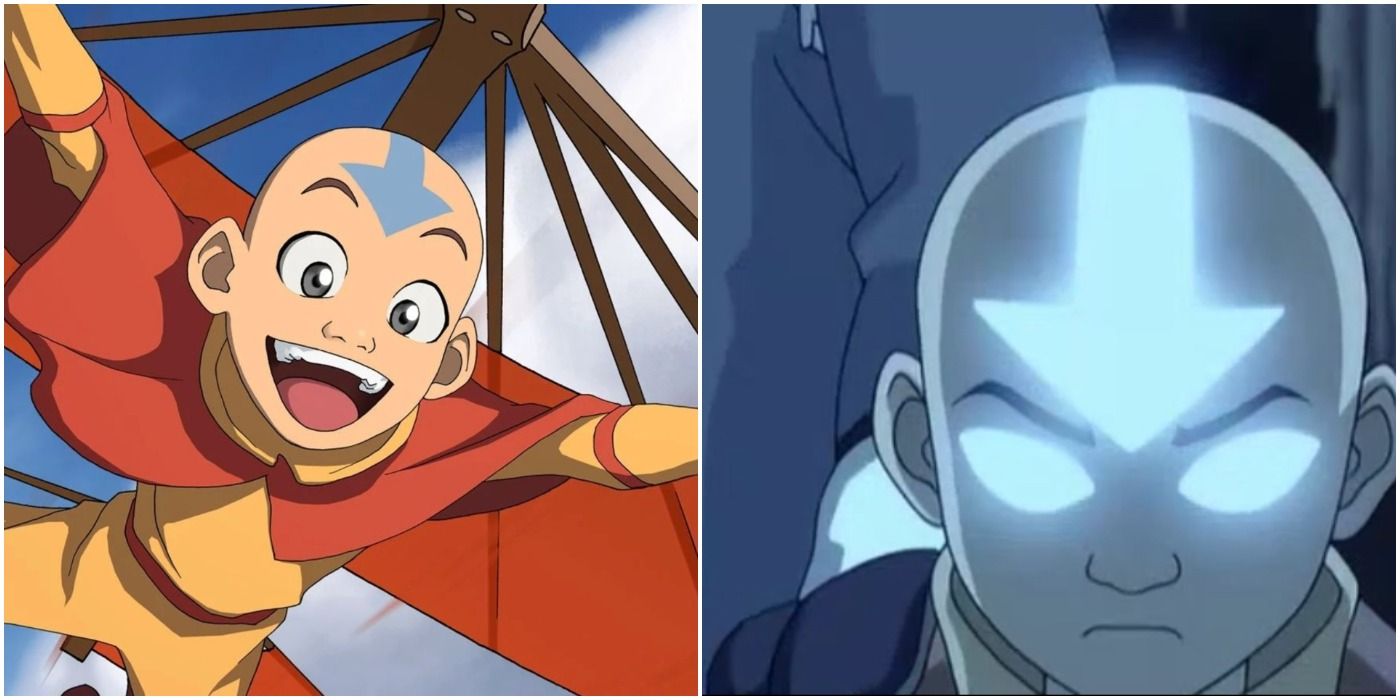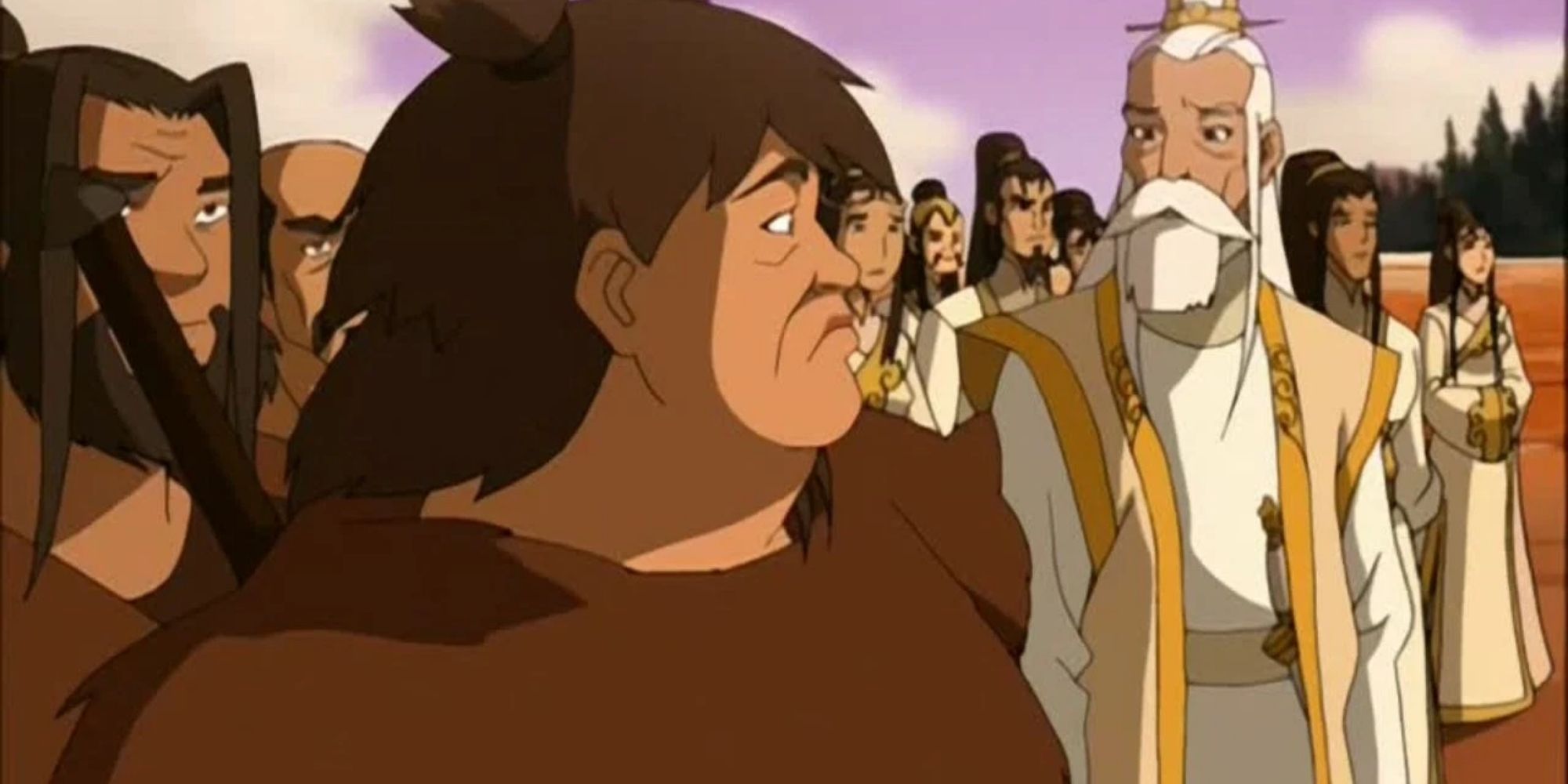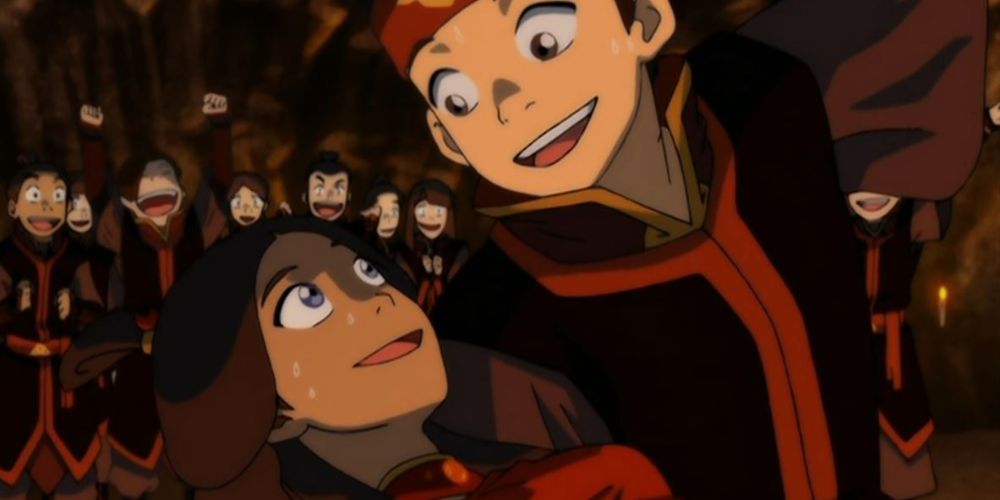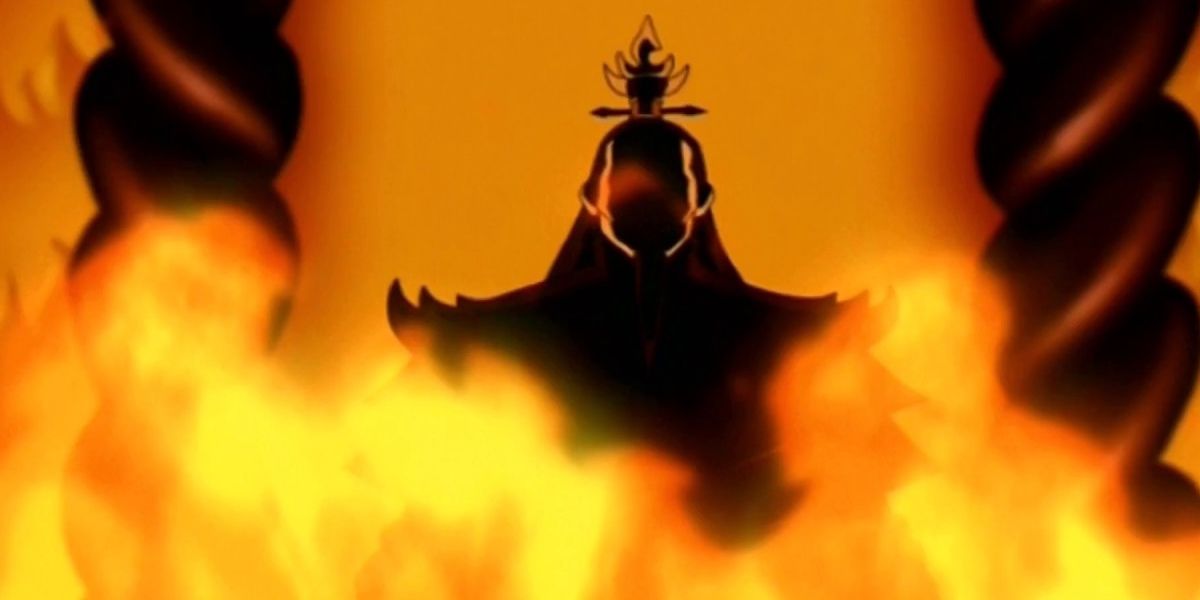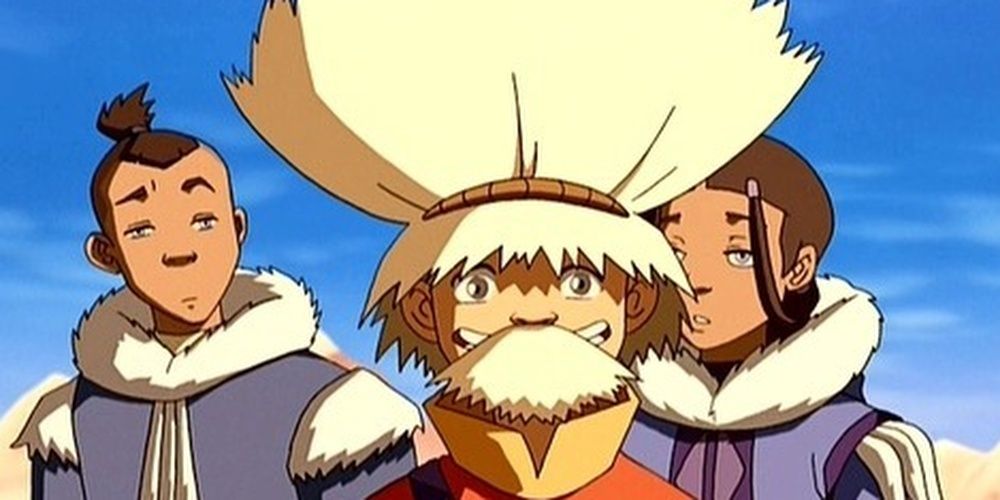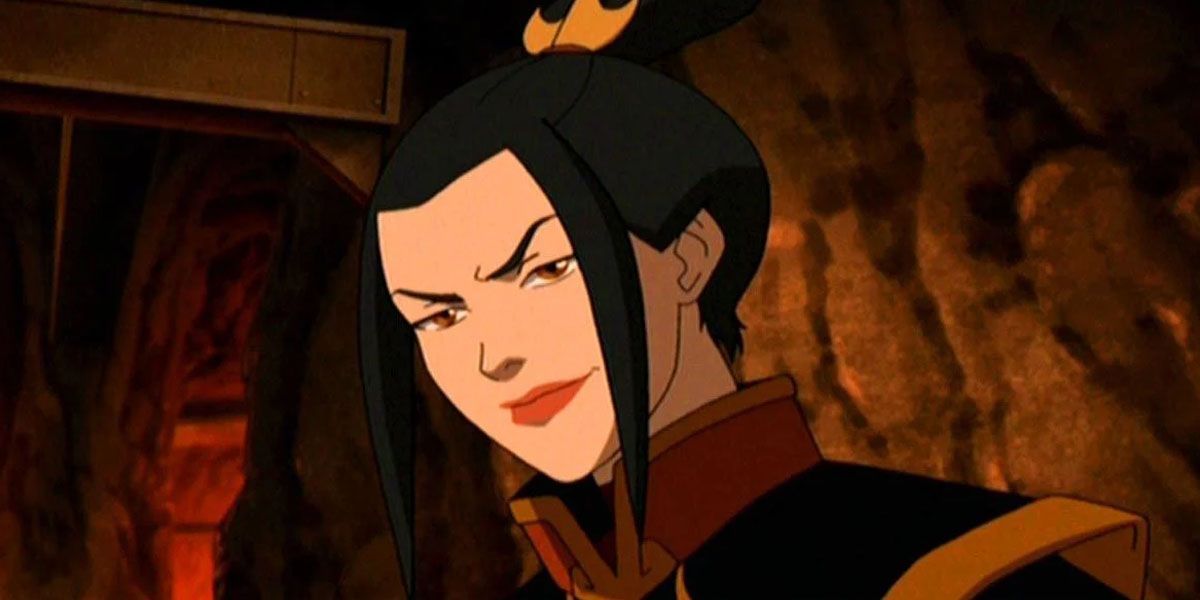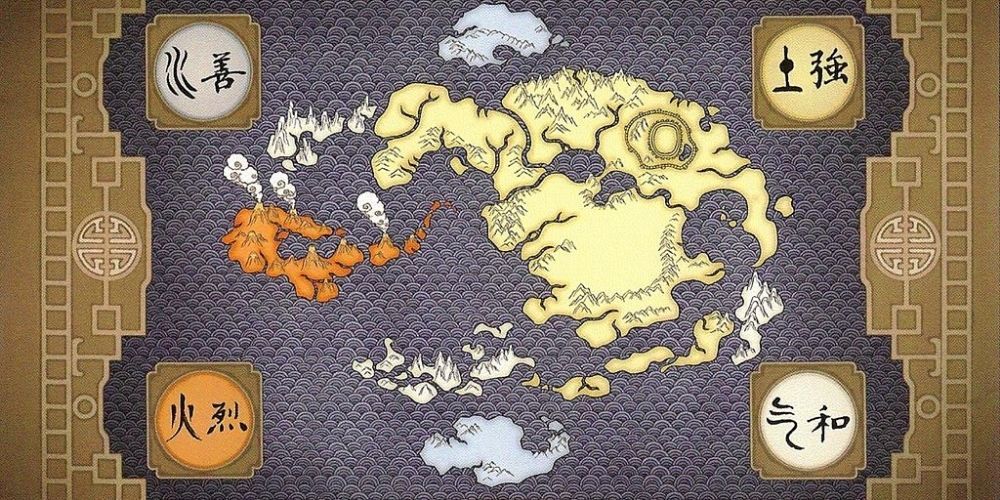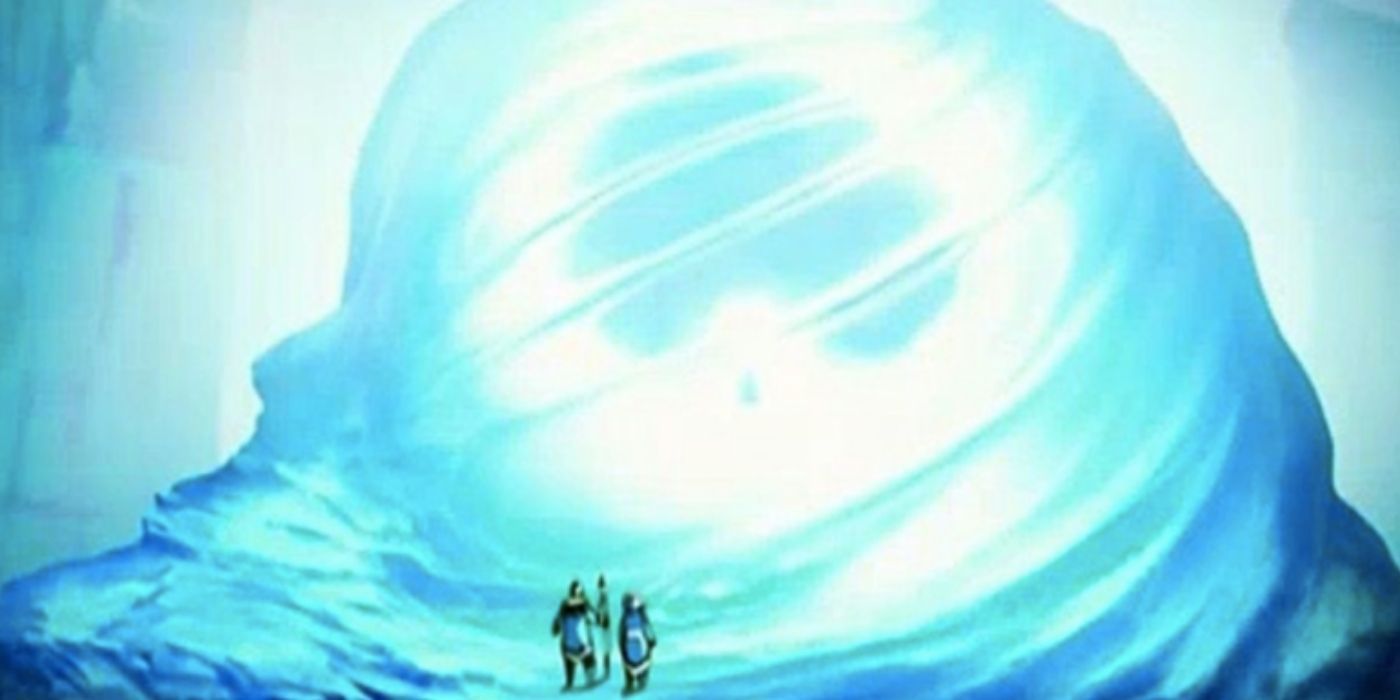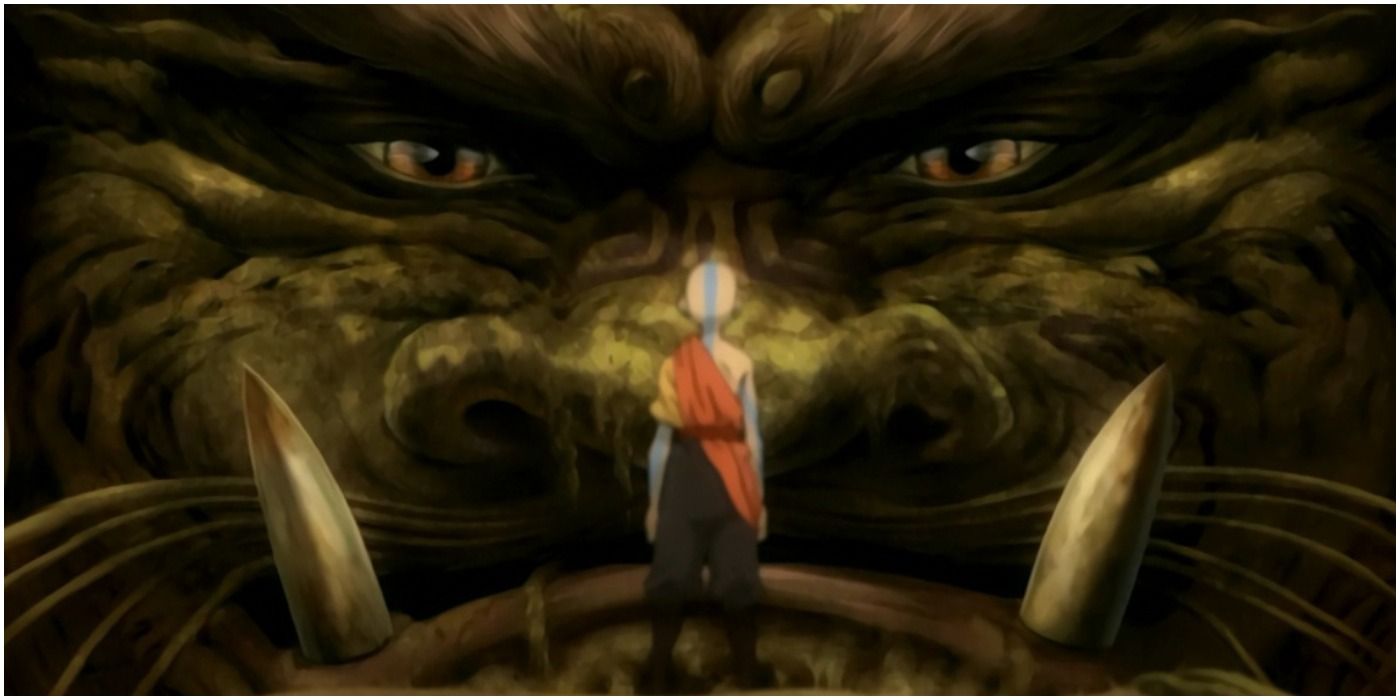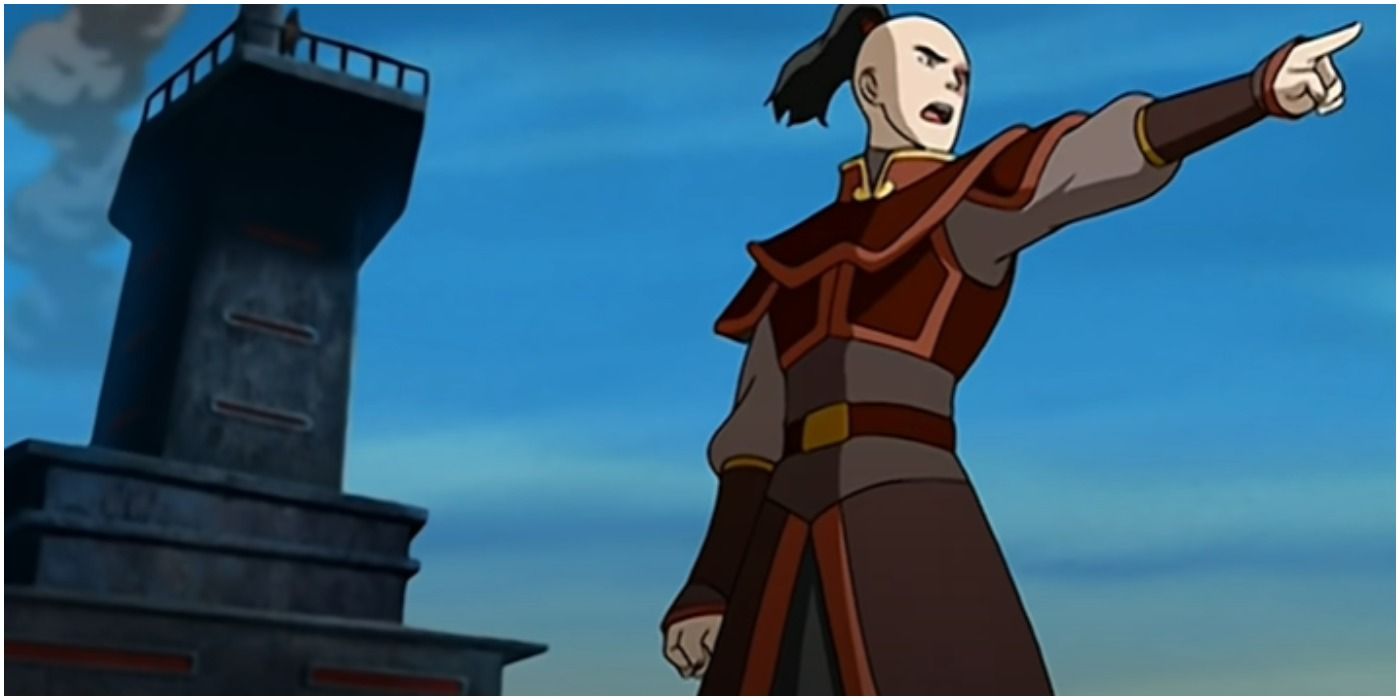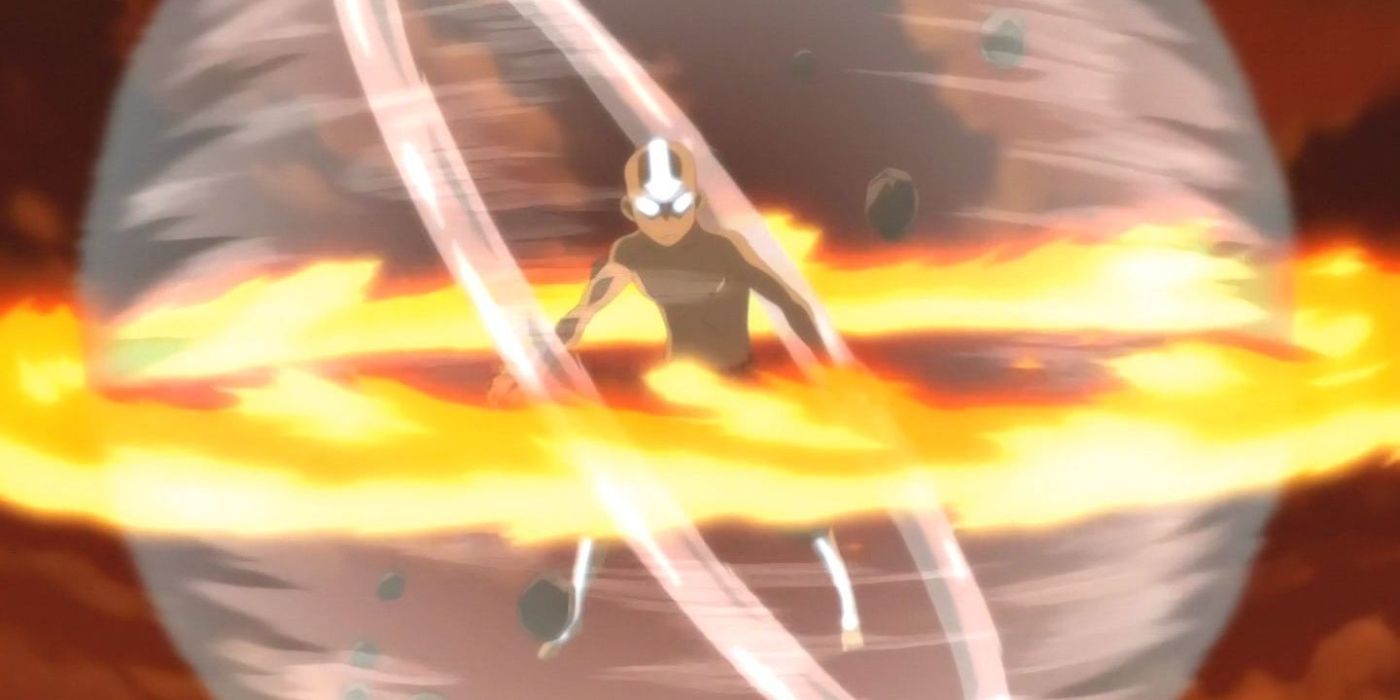Avatar: The Last Airbender has been hailed for its amazing writing, its well-crafted storyline, and its masterful execution. It is often looked to as an example of kids' shows that go above and beyond the typical unimpressive, formulaic approach to the genre that many shows are guilty of engaging in.
However, even the best shows dip into the trite on occasion. While Avatar: The Last Airbender succeeds where many anime and cartoons do not, it still falls into the trap of relying on tropes and stereotypical conventions at times.
10 The Great Divide Plotline Was Juvenile And Predictable
When a series relies on formulas and tropes, they run the risk of being cliché. Often, the episodes that are most likely to be considered guilty of this are filler episodes. This was no different for Avatar: The Last Airbender's filler episodes.
One of the most unanimously hated filler episodes in the series was "The Great Divide," in which Team Avatar had to help two groups of rivaling peoples navigate a dangerous canyon. The episode was frustrating, and it subverted much of the character development that had been built up until that point.
9 The Inclusion Of Romance Felt Forced At Times
Being a group of children, sometimes the romance aspects, especially between Katara and Aang, felt forced. Amid a wartorn era when violence and death, these children were expected to save the world. Characters like Katara and Zuko were, for the most part, disinterested in romance seeing that there were bigger fish to fry.
However, Aang's insistence on shirking his duties in favor of being with Katara was frustrating and predictable. Furthermore, the romantic elements of their relationship were one-sided most of the time, so it was sudden when the two finally ended up together.
8 Ozai Being The Faceless Big Bad Has Been Done Before
For much of the series, Fire Lord Ozai remained a faceless villain shrouded in fire. His silhouette cast a shadow upon the first half of the series, and this made him feel more like an archetype than a character, especially when the show did such a great job of rounding all of its other characters.
Fans get to see Ozai later, of course. So, this cliché does not last for the entire series, but it is still an overdone and frequently used tactic for introducing the big bad evil guy in a show.
7 Aang's Immaturity Is Standard For Many Fantasy Adventure Anime
The trope of a young, immature hero who does inappropriate things and gets away with his happy-go-lucky personality is a common one for fantasy/adventure anime. So, Aang's character is, at its base, cliché.
Avatar: The Last Airbender does a great job of providing impressive character development and rounding out their character stories. While Aang's personality is expected of the genre, the development he undergoes, especially in reconciling his Air Nomad heritage and his duties as the Avatar, is enough to make him feel more dynamic and unique.
6 Azula's Unwavering Evil Can Feel One Dimensional
Azula was a terrifying and entertaining villain in the show. When she came on screen, fans knew things were about to get serious. Her ruthlessness and cunning were legendary. However, her blatant evil made her feel one-dimensional at times.
She was not afraid to mistreat her friends or even manipulate her father, the Fire Lord, himself. However, the only backstory we get for her is that her father favored her and thus her mother kept her at a distance. Compared with characters like Zuko, who was burned by his father and banished for speaking up in a council meeting, she seems much less nuanced.
5 The Plot Was A Basic Good Versus Evil Story
The overall plot concept for the show is basic and clichéd. There is a clear evil force (the imperialist Fire Nation) and a clear good force (the Avatar). The Avatar must travel the world and complete a series of trials (learning the elements) in order so that they can save the world.
However, the journey of learning these elements sends the characters on a path across the world that not only showcases the series' excellent worldbuilding but also leaves room for the characters to undergo development that makes a basic plot much more interesting.
4 The Chosen One Must Save The World Is A Clichéd Trope
One of the most clichéd and overused storyline tropes is "the chosen one." These storylines see a character who was born special and with a destiny that sends them on a journey to save the world. Everything about the concept of an "Avatar" falls into that trope.
While both the external and internal struggles of "the chosen one" and their trials are nothing new to anime or TV, in general, Avatar: The Last Airbender is so focused on a character-driven plot that the mechanism of "the chosen one" trope gets to take a back seat.
3 The Lion Turtle's Intervention Felt Like A Deus Ex Machina
The Lion Turtle's appearance was very convenient for Aang, who wanted a way out of having to kill Fire Lord Ozai. All of Aang's past lives urged him to do what he must to save the world, even if it went against his Air Nomad upbringing. As the Avatar, Aang could never be detached from the world and its horrors. It was his duty to preside over it.
While the introduction of a deus-ex-machina-type plot device is not new and is a cliché in and of itself, the use of the Lion Turtle was a good way to expand worldbuilding for the following series, The Legend of Korra, and a great way to minimize violence.
2 Zuko's Angsty Personality Is A Clichéd Archetype
Prince Zuko's entire personality was cliché. From the teenaged angst to the ceaseless search to regain his honor and obtain his father's approval, Zuko was a predictable and formulaic character. Even his banter and battles with his sister, Azula, felt familiar to many.
What made Zuko so interesting was his redemption arc. Lauded as one of the most well-done redemption arcs in all of anime (and possibly even pop culture as a whole), Zuko's redemption story took an archetypal character and made him a legend to fans around the world.
1 Aang's Last-Minute Power-Up Is A Common Occurrence In Anime
The last-minute power-up is a plot device that can be found in almost every action/adventure anime out there. Just when it seems the hero will not save the day, he breaks through some internal block and learns a new skill or regains an old skill that was lost.
When Aang lost his ability to enter the Avatar State, he tried to learn how to access it again, but his relationship with Katara prevented that. However, while fighting Fire Lord Ozai, he was somehow hit in the very spot that unlocked his power when all of his training and meditating could not.

